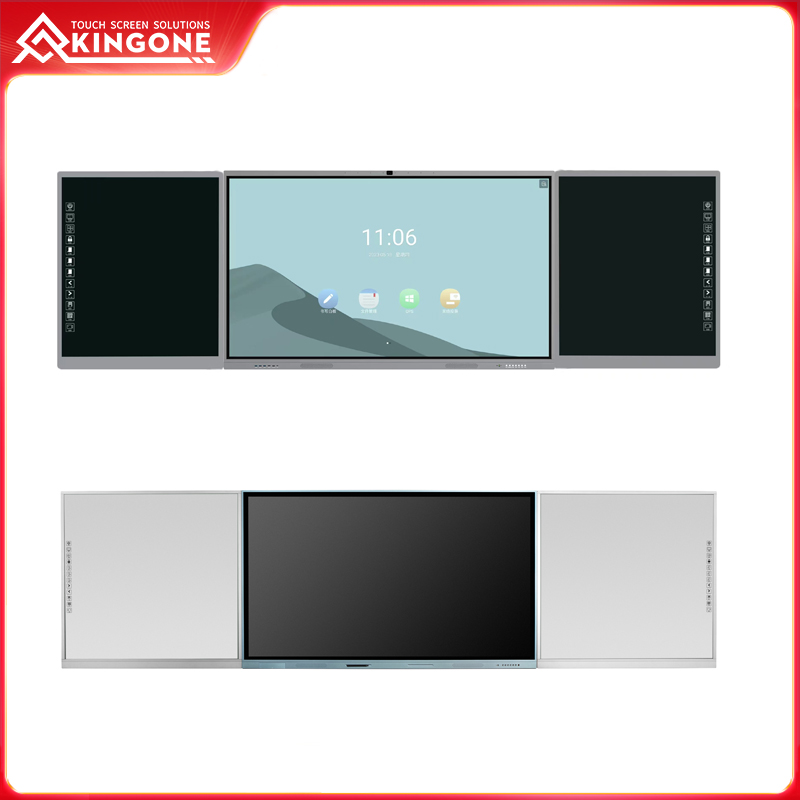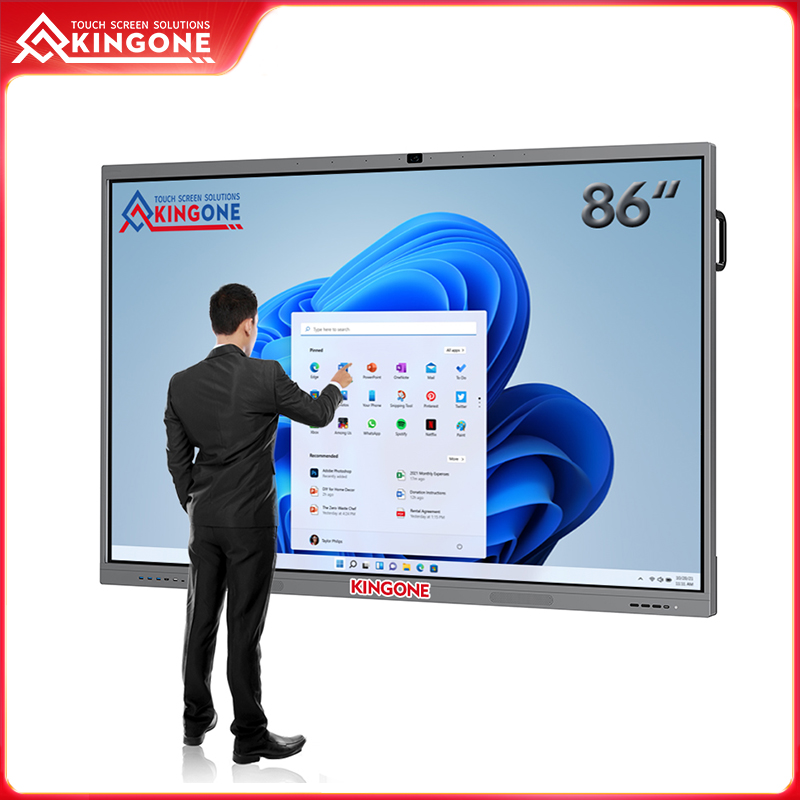Is Nano Blackboard a Cost-Effective Solution for Schools and Universities?
Published:
2023-08-21 10:34:00
Nano Blackboard can revolutionize the education sector, providing a cost-effective solution for schools and universities.
In the quest for innovative teaching tools and solutions, Nano Blackboard has emerged as a potential game-changer in schools and universities. This article examines whether Nano Blackboard is a cost-effective solution for educational institutions, taking into consideration its functionalities, benefits, drawbacks, implementation costs, and long-term savings.
1. Functionalities and Benefits of Nano Blackboard
Nano Blackboard offers an array of functionalities that enhance the teaching and learning experience. It provides a platform for teachers to create interactive lessons, conduct assessments, and facilitate collaboration among students. With features such as virtual whiteboards, multimedia integration, and real-time feedback, Nano Blackboard fosters student engagement and improves comprehension. Additionally, it enables remote learning, which is particularly valuable during times of crisis or when students are unable to physically attend classes.
2. The Drawbacks of Nano Blackboard
Despite its numerous advantages, Nano Blackboard also has a few drawbacks. Firstly, the initial implementation costs can be significant, involving hardware procurement, software installation, and training for teachers. Moreover, some users may experience a learning curve when transitioning from traditional teaching methods to a digital platform. Additionally, the reliance on technology may pose challenges in areas with limited internet connectivity or outdated infrastructure.
3. Implementation Costs of Nano Blackboard
It is essential to consider the implementation costs associated with Nano Blackboard. These include the expenses of purchasing hardware such as tablets or laptops for students, interactive displays for classrooms, and servers for hosting the platform. Furthermore, training sessions for teachers and ongoing technical support should be factored into the overall cost. However, with careful planning and budgeting, educational institutions can mitigate these expenses and ensure a successful integration of Nano Blackboard.
4. Long-Term Savings through Nano Blackboard
Although the initial investment in Nano Blackboard may seem substantial, it is crucial to analyze the long-term savings it can generate. By reducing the reliance on physical teaching materials, schools and universities can minimize printing, distribution, and storage costs. Additionally, remote learning capabilities save on transportation expenses for students and staff. Furthermore, with instant access to educational resources and materials, Nano Blackboard decreases the need for textbooks, resulting in long-term savings for institutions.
5. Evaluating the Cost-Effectiveness
In evaluating whether Nano Blackboard is a cost-effective solution, it is essential to consider its long-term benefits and potential savings in comparison to traditional teaching methods. While the initial implementation costs may be higher, the ongoing savings in terms of reduced material costs and increased operational efficiency can make Nano Blackboard a cost-effective choice for educational institutions over time.
Nano Blackboard presents a wealth of functionalities and benefits for educational institutions. Although there are upfront costs and potential challenges during implementation, the long-term savings and enhanced teaching and learning experience make it a worthwhile investment. To determine its cost-effectiveness, educational institutions must conduct a comprehensive analysis of their specific needs, budgetary constraints, and long-term goals. With proper planning and implementation, Nano Blackboard can revolutionize the education sector, providing a cost-effective solution for schools and universities.
 English
English







